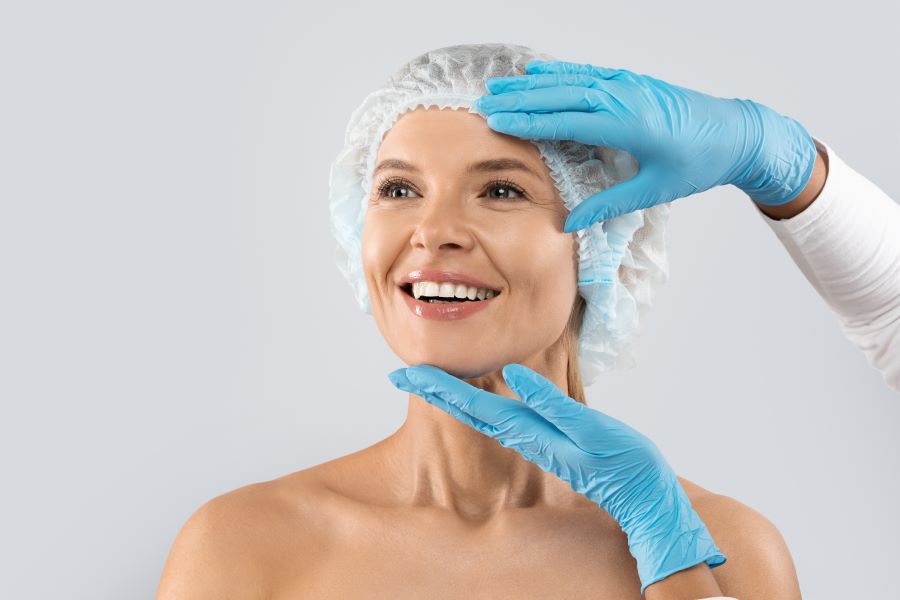Rhinoplasty: Reshaping Your Nose for Aesthetics and Function
Rhinoplasty, commonly known as a "nose job," is a surgical procedure that alters the shape and structure of the nose. This popular cosmetic surgery can enhance facial harmony, boost self-confidence, and even improve breathing function. Whether you're considering rhinoplasty for aesthetic reasons or to address medical concerns, understanding the procedure is crucial for making an informed decision.

The procedure typically takes between one to three hours, depending on the complexity of the changes required. Surgeons may use either an open or closed approach, with the open technique allowing for more extensive modifications but potentially resulting in a small scar on the columella (the tissue between the nostrils).
What are the common reasons for undergoing rhinoplasty?
People seek rhinoplasty for various reasons, both cosmetic and functional. Some common aesthetic motivations include:
-
Reducing or increasing the size of the nose
-
Changing the shape of the tip or bridge
-
Narrowing the span of the nostrils
-
Adjusting the angle between the nose and upper lip
Functional reasons for rhinoplasty often involve improving breathing. This may include correcting a deviated septum, repairing nasal injuries, or addressing congenital defects that affect respiration.
How long is the recovery process after rhinoplasty?
Recovery from rhinoplasty is a gradual process that requires patience. Initially, patients can expect some swelling, bruising, and discomfort around the nose and eyes. Most people can return to work or school within one to two weeks, but it’s crucial to avoid strenuous activities for several weeks following surgery.
While the majority of swelling subsides within the first month, it can take up to a year for the nose to fully settle into its new shape. During this time, patients should follow their surgeon’s aftercare instructions carefully, which may include wearing a nasal splint, avoiding certain medications, and refraining from wearing glasses that rest on the bridge of the nose.
What are the potential risks and complications of rhinoplasty?
As with any surgical procedure, rhinoplasty carries certain risks. While complications are relatively rare when performed by a board-certified plastic surgeon, potential issues may include:
-
Infection
-
Bleeding
-
Adverse reaction to anesthesia
-
Difficulty breathing
-
Unsatisfactory aesthetic results
-
Septal perforation (a hole in the nasal septum)
-
Changes in skin sensation
It’s essential to discuss these risks thoroughly with your surgeon and ensure you have realistic expectations about the outcome of the procedure.
How much does rhinoplasty typically cost?
The cost of rhinoplasty can vary significantly depending on factors such as the surgeon’s experience, geographic location, and the complexity of the procedure. On average, patients can expect to pay between $5,000 to $15,000 for rhinoplasty in the United States.
Here’s a comparison of typical rhinoplasty costs from different providers:
| Provider Type | Average Cost Range | What’s Included |
|---|---|---|
| Private Practice Surgeon | $6,000 - $15,000 | Surgeon’s fee, facility fee, anesthesia |
| Hospital-Based Surgeon | $5,000 - $12,000 | Surgeon’s fee, hospital fee, anesthesia |
| Academic Medical Center | $7,000 - $20,000 | Surgeon’s fee, facility fee, anesthesia, potential for more complex cases |
Prices, rates, or cost estimates mentioned in this article are based on the latest available information but may change over time. Independent research is advised before making financial decisions.
It’s important to note that insurance typically does not cover rhinoplasty when performed for cosmetic reasons. However, if the procedure is deemed medically necessary to improve breathing function, insurance may cover part or all of the cost.
How to choose the right surgeon for your rhinoplasty?
Selecting the right surgeon is crucial for achieving the best possible outcome from your rhinoplasty. Consider the following factors when making your choice:
-
Board certification in plastic surgery or otolaryngology (ear, nose, and throat specialty)
-
Extensive experience specifically in rhinoplasty procedures
-
Before-and-after photos of previous patients
-
Positive patient reviews and testimonials
-
Clear communication and a thorough understanding of your goals
-
Comfort level during consultations
Take the time to research and meet with multiple surgeons before making your decision. A skilled and experienced rhinoplasty specialist can help you achieve the facial harmony and confidence you desire while ensuring your safety throughout the process.
This article is for informational purposes only and should not be considered medical advice. Please consult a qualified healthcare professional for personalized guidance and treatment.





